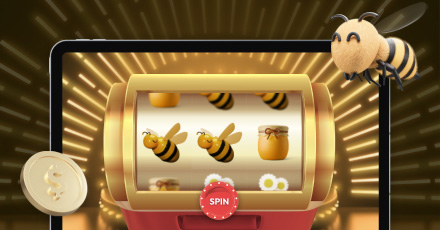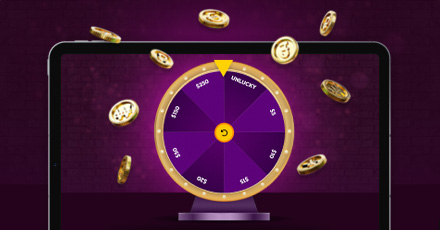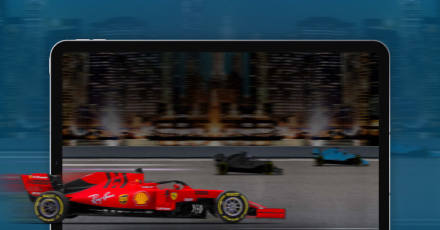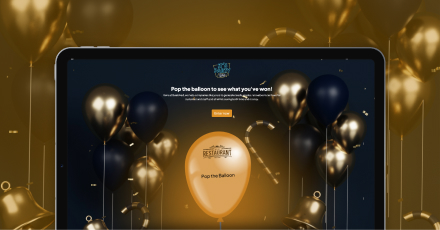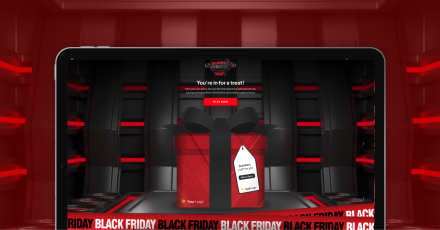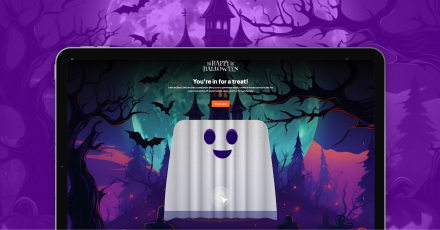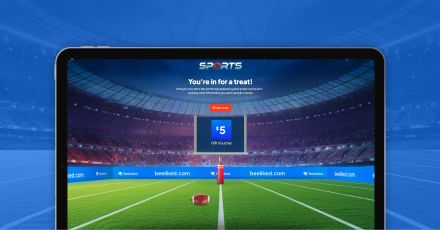Organizations that are serious about worker motivation, increased productivity, and higher retention rates understand that a happy workforce is an underlying key to unlocking all three. Tapping into the intrinsic human need for feedback, satisfaction, and reward, gamification software is an effective way to promote employee engagement. As such, this article will point out to readers how gamification services are a valuable tool that employers can use, providing attainable incentives for employees that garner long-term rewards.
When asked, 90 percent of employees report they’re more productive when they use gamification.
One need only look to the successful organizations that utilize gamification to understand how valuable it can be.
- Dominos Pizza used simulations and gamification to train new employees quickly and effectively.
- The Deloitte Leadership Academy for senior executives has used gamification to increase participation.
- Microsoft built a “Language Quality” game that helped ensure employees were checking for language accuracies on website pages.
If you’re new to gamification, this post will help you see how personalized incentives can be implemented to strengthen company culture and cultivate a motivated workforce. Let the games begin!
The Role of Gamification
Gamification takes behavior-motivating techniques adapted from traditional and social games and applies them to non-game environments. Effective gamification programs look similar to customer loyalty programs. The technique can be used to achieve impressive business goals when expanded beyond points, badges, and leaderboards.
The role of gamification in the workplace is to engage with employees and inspire collaboration, sharing, and interaction. It can be used in all aspects of the hiring process, including increasing onboarding efficiency. For organizations themselves, gamification offers performance measurement and management techniques that make promotions and bonuses more transparent.
Sales gamification has been a popular tool for many companies to improve sales performance. Organizations that choose to gamify their entire workforce’s motivational approach can see impressive results, such as long-lasting behavioral change and culture shifts.
Popular Types of Gamification
There are many apps and games to be played, but they all aim to boost employee engagement, improve training and development, and enhance teamwork. Popular formats include:
- Games that feature employee “to-do lists” where employees are rewarded for each completed task.
- Cryptic image quizzes are where employees uncover clues within a picture as they reach certain goals.
- Apps that track milestones in new employee onboarding.
- Games that “pat” employees on the back for a well-done job.
- Digital scratch card games where employees get to scratch off a box every time they meet a goal.
Peer mentorship and competition are powerful motivators for employees. No matter which games you choose, employees who earn rewards and recognition for completing tasks are far more likely to work harder to achieve those rewards and “level up” in the organization.
Why Gamification Makes a Happy Workforce
Looking for a quick way to create a happy worker? When used with non-game applications, gamification makes employees happier and significantly impacts employee psychology, engagement, and motivation. Here’s how to do it.
Motivation
Motivating employees is key to a successful gamified workplace. Rewards and bonus systems should be used to motivate staff to play (engage), and games should be designed to satisfy employees, even without tangible rewards personally. In other words, employees should want to play the game for the pleasure of “winning.”
Reduce Stress
Turning wellness into a challenging game can benefit employees and the organization. Many mental and physical health apps are designed to help employees cope with anxiety, stress, and depression. These apps have features such as habit trackers to help employees keep up good habits and break bad ones. Wearables can be used to set daily personal goals and track accomplishments.
One of the most popular augmented reality games, Pokémon, was instrumental in getting people to go for walks, meet new people, and experience new locations. All are proven ways to relieve stress and increase happiness.
Gamification taps into the brain’s natural wiring and provides what’s known as the “reward compulsion loop.” Boosting dopamine in the brain has been shown to increase memory, motivation, cognition, attention, and learning. So gamifying workplace tasks not only makes employees happy, it also improves their ability to do their jobs.
Provide Goals
As noted above, gamification works by modifying the brain’s reward and pleasure center, thereby improving learning and behavior. Games where employees win a tangible reward or receive non-tangible recognition, such as positive feedback, can activate the brain’s pleasure circuits and motivate employees to continue with behaviors that make them feel good.
Happy Workforce
We know that happy employees are more productive, enjoy their work, perform better, work harder, and stay with a company longer. They’re also more likely to treat customers better. Creating a fun work environment is one of the quickest ways to increase employee happiness. Every company can create a positive environment where employees feel they play an important role in its success.
Aligns Value
The sweet spot of gamification is where management’s and employees’ goals are aligned. Gamification can be used to reward employees with value badges or culture points that motivate them to achieve goals, a win-win situation for employees and management. Designing gamified experiences that truly engage employees requires understanding the company’s and the employee’s goals. Remember, gamification is not used to make people work harder; it’s used to encourage people to work better.
Reward, Reinforcement, and Motivation
Gamification is a simple way to get employees to buy into your organization’s mission. To get the most out of gamification in your organization, select apps that best support your workforce and company goals. Keep in mind that successful gamification tools work when users (players) are provided with the following:
- The motivation required to perform tasks and receive rewards and recognition.
- The tools they need to carry out the tasks.
- The right guidance to successfully complete actions.
One way to determine if your organization’s approach to gamification is working is to use the happiness at work survey, a quick and affordable tool that lets you measure and receive real-time feedback on how you’re doing.
Creating a workplace environment where people are more productive, engaged, and appreciated doesn’t require huge amounts of time or money, but the financial rewards for your company can quickly add up through increased productivity, fewer sick days, and fewer employee turnovers.
About BeeLiked
BeeLiked offers bespoke gamification solutions for employers and organizations. To learn more about BeeLiked’s customizable gamification solutions and to set up a no-obligation discovery call, get in touch with us today.


